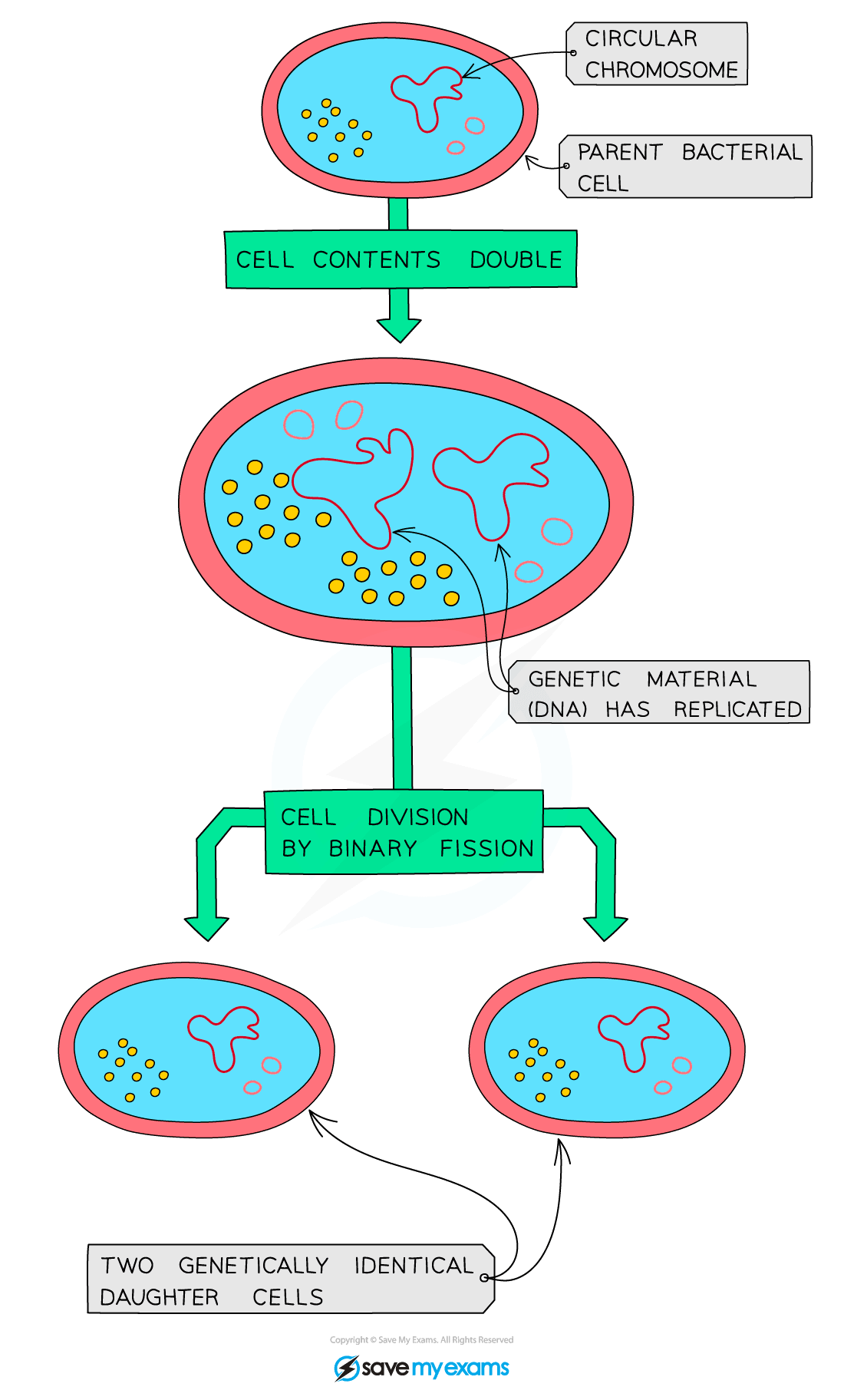Sexual Reproduction
- Sexual reproduction is:
The process involving the fusion of the nuclei of two gametes to form a zygote (fertilised egg cell) and the production of offspring that are genetically different from each other
- Fertilisation is defined as the fusion of gamete nuclei, and as each gamete comes from a different parent, there is variation in the offspring
Gametes and zygotes
- A gamete is a sex cell (in animals: sperm and ovum; in plants: pollen nucleus and ovum)
- Gametes differ from normal cells as they contain half the number of chromosomes found in other body cells – we say they have a haploid nucleus
- This is because they only contain one copy of each chromosome, rather than the two copies found in other body cells
- In human beings, a normal body cell contains 46 chromosomes but each gamete contains 23 chromosomes
- When the male and female gametes fuse, they become a zygote (fertilised egg cell)
- This contains the full 46 chromosomes, half of which came from the father and half from the mother – we say the zygote has a diploid nucleus
Advantages and disadvantages of sexual reproduction
- Although there are some clear advantages of sexual reproduction (in comparison to asexual reproduction), there are also a few disadvantages of sexual reproduction
Advantages & Disadvantages of Sexual Reproduction Table
Asexual Reproduction
- Asexual reproduction is:
The process resulting in genetically identical offspring being produced from one parent
- Asexual reproduction does not involve gametes or fertilisation
- Only one parent is required so there is no fusion of gametes and no mixing of genetic information
- As a result, the offspring are genetically identical to the parent and to each other (they are clones)
- Many plants reproduce via asexual reproduction
- Bacteria produce exact genetic copies of themselves in a type of asexual reproduction called binary fission
Bacteria produce exact genetic copies of themselves in a type of asexual reproduction called binary fission
Advantages and disadvantages of asexual reproduction
- Whilst asexual reproduction has several advantages over sexual reproduction, it also has a few disadvantages
Advantages & Disadvantages of Asexual Reproduction Table
Comparing sexual and asexual reproduction
- The key differences between sexual and asexual reproduction include:
- The number of parent organisms
- How offspring are produced (the type of cell division required)
- The level of genetic similarity between offspring
- The possible sources of genetic variation in offspring
- The number of offspring produced
- The time taken to produce offspring
Comparing Sexual & Asexual Reproduction Table





